Photographic Big Five
Buffalo, Elephant, Leopard, Lion, and Rhino are the ‘old’ big five, so named because they are the five most challenging animals to hunt.
Very crafty and ultimate survivors with few natural enemies, they are not easy to track and lethal if wounded or cornered.
Visitors to Africa’s game parks have therefore become obsessed with sightings of these original “Big-5” animals yet, photographically, not all of them are a challenge to find or photograph. Lions and elephants, as an example, are quite easy to see no matter which big-five game reserve or national park you visit.
There is also a new 2020 project called the New Big 5, which is an initiative to create a New Big-five (#NewBig5) of global wildlife, as conservationists realise that many animals are at great risk of extinction.
They will announce their choice at the end of 2020, but after twenty-five years of visiting southern Africa’s national parks, we have compiled our own list of the photographic big five – the southern African animals that were the most challenging for us to find and/or shoot - photographically of course.
We are not going to discuss animals that are extremely rare as you want to have a good chance of finding the subjects in order to photograph them. We have spent over 1000 days and nights in African parks and we have never seen an aardvark, nor a pangolin and we have seen just two serval cats and two aardwolves.
This is over 25 years of self-drive and guided safaris! We want you to look for subjects that are challenging to find but that provide a reasonably good chance for park guests.
So, here follows our ‘Photographic Big 5’ animal sightings that were generally the most challenging to find and photograph:
Our Photographic Big Five Animals
Black Rhino
We have seen many in Etosha but just 5 in the Kruger and 4 in the Pilanesberg of which only 3 allowed good photos. Black rhinos are unpredictable and could be very placid or extremely aggressive.
They also prefer to stay in dense thickets so it’s not easy to spot them. They are called ‘black’ as they are a darker shade of gray than ‘white’ rhinos.
Honey Badger
We have seen a few in Etosha, Kgalagadi and Kruger. The majority were spotted in the Kruger park, either on self-drive safaris or inside the camps. Guests staying at Tamboti, Orpen and Satara camps in the Kruger Park seem to have the best chance of spotting these fearless creatures.
Our favourite camp for seeing honey badgers is Tamboti, where we have had them visiting us during the night and by day.
They are mostly on a mission and don’t stop to pose, so you need to make sure you’re ready to shoot if you see one on a game drive!
Caracal
We have seen a few in the Kgalagadi and the Kruger Park and just one in Pilanesberg. These cats are very small, like the honey badger, so are difficult to find. We missed an ideal opportunity to photograph a mother caracal with her two kittens just north of Satara camp.
We saw them in the road from a distance but thought
they were scrub hares, as the kittens were jumping instead of walking, so we
didn’t slow down and as we got closer we saw they were caracals but the mother
had taken the kittens and hidden them in the long grass.
African Wild Cat
we have seen a few in the Kgalagadi, Madikwe, Etosha and the Kruger Park. They are often seen inside Satara camp and also in some of the Kgalagadi camps as the females like to den under the accommodation units.
Like the honey
badger and caracal, they are small so you need to drive slowly and scan trees,
bushes and listen for bird alarm calls while driving.
Wild Dogs
We have spotted wild dogs 45 times in the Kruger (39 times on self-drives and 7 times on guided game drives), 5 times in Madikwe and 4 times in the Pilanesberg of which only 12 sightings resulted in good photographs.
The patterns on the wild dogs, or painted wolves as they are also called, vary from light tan to black so be careful when exposing the image.
Instead of spot metering rather use matrix metering otherwise you may under or overexpose the images. If you find a pack of wild dogs, they will either be resting, lying flat in the grass or they will be running in the road.
They will disappear from sight then reappear so don’t drive off if you lose
sight of them as they zig-zag through the veld looking for prey!
Many of the above photographic big five sightings were fleeting – wild dogs sprinting through the bushes, a leopard’s tail disappearing into the bush, a black rhino stopping to look at us for just a second before sprinting off into the bush and so on.
The
trick is to know where and when to look for certain species. Check the sighting
boards in the Kruger camps and speak to the game rangers. Choose your route and
then to drive slowly, watching the behavior of birds and other animals – which
will let you know when they have sensed a predator nearby!
Once
you have spotted your subject you need to position your vehicle in the best
position to eliminate twigs in front of your subject and to ensure the
background is not too cluttered. Take a few photographs as soon as you see the
animal, in case it disappears, and then gradually move closer taking photos
each time you move. This will provide maximum opportunities and allow you to
work within the animal’s comfort zone.
Spend as much time with the subject as you can as this will provide opportunities to take photographs of different behaviors and to ensure a good number of photographs to choose from.
As we mentioned previously, our leopard sightings increased dramatically when we stopped to photograph other more common subjects. Leopards and hammerkop birds, for example, both have the same habitat, so we have seen a few leopards just by stopping to watch these birds fishing in rivers or streams.
Other guests just drive past us – they can see the hammerkop and assume that’s all there is to our sighting, but if they stopped to chat with us we would tell them about the leopard behind the rock or in the tree. Sadly, most of these people just keep driving as they are looking for only the Big 5 and do not have time to chat to other park visitors and so they lose out on sightings.
So far
we have discussed our general photographic big five / new big-five but each game
reserve has its own ‘Photographic Big five’ that were to us a challenge to firstly
find and then to photograph.
For example,
Buffalo are very easy to see in the Kruger and Madikwe but extremely
difficult to find in the Pilanesberg. They are not called the ‘Pilanesberg
ghosts’ for nothing!
Leopards can be difficult to find in the Pilanesberg and Madikwe and extremely difficult to find in the Kgalagadi but relatively easy to see in the Kruger Park. Having said that, in our first 5 years of Kruger safaris we saw no leopards!
One of the reasons was the fact that we would race around the park looking for leopards and we then realised that most of our predator sightings occurred when we had stopped to look at something else.
Our strategy then changed, and we now stop to watch birds, insects and even Impala and our leopard sightings increased dramatically! Our leopard sightings in the Kruger park alone are now well over 100 on self-drive safaris.
White rhinos are very easy to see in the Kruger, Madikwe and Pilanesberg but extremely difficult to find in Etosha. They are often found in dry river beds, at mud wallows and some waterholes.
Cheetahs are easy to find in the Kgalagadi but can be difficult to see in Madikwe, Pilanesberg, Etosha and the Kruger Park.
Despite wanting to get away from the constant focus on the original Big 5 it can’t be denied that lion sightings are always impressive and this animal’s majestic combination of beauty and power always stirs up excited conversation around the evening campfires!
And sometimes you may even get more than one of these old big-5 or new photographic big five animals in the same frame...!
Predators are generally found throughout the parks, but antelope tend to be found in certain areas. If you’re wanting to find sable antelope in the Kruger you will need to look in the Pretoriuskop area, if you’re wanting to see roan antelope, you’ll need to look between Shingwedzi and Punda Maria camps and if you’re wanting to see eland you’ll need to look mainly between Mopani camp and Pafuri.
So, if you do see one of the photographic big five - black rhino, honey badger, caracal, African wild cat or wild dog in the wild - consider yourself blessed indeed!
Return from Photographic Big Five to Wildlife Photography page
To make a safari rental booking in South Africa, Botswana or Namibia click here
"It's 768 pages of the most amazing information. It consists of, well, everything really. Photography info...area info...hidden roads..special places....what they have seen almost road by road. Where to stay just outside the Park...camp information. It takes quite a lot to impress me but I really feel that this book, which was 7 years in the making, is exceptional." - Janey Coetzee, founder of CAROK (Camps and Roads of Kruger) South Africa
"Having a passion for the region itself and having to know about all dynamics, water holes and ideal roads for a period of 6 years - I wish I had this guide on my first trip already!" - Morkel Erasmus, Secunda, South Africa
"Mario and Jenny take you to places that are not always visited, and their descriptions of the more remote camps will allow you to make an informed decision without wasting time and money" - Bob & Sherry Shepardson, DeBary, Florida, USA
"Your time and money are valuable and the information in this book will help you save both." - Don Stilton, Florida, USA
"I highly recommend the book to anyone visiting Etosha National Park to photograph the animals - or anyone considering an African photography safari in the future." - Anne Darling, Cognac, France
"As a photographer and someone who has visited and taken photographs in the Pilanesberg National Park, I can safely say that with the knowledge gained from this eBook, your experiences and photographs will be much more memorable." - Alastair Stewart, BC, Canada
"This work is so much more than an eBook, because it is also a guide, a tutorial, an inspiration and a must-have for anyone interested in wildlife photography" - Findtripinfo.com, USA
Photo Safaris on a Private Vehicle - just You, the guide & the animals!
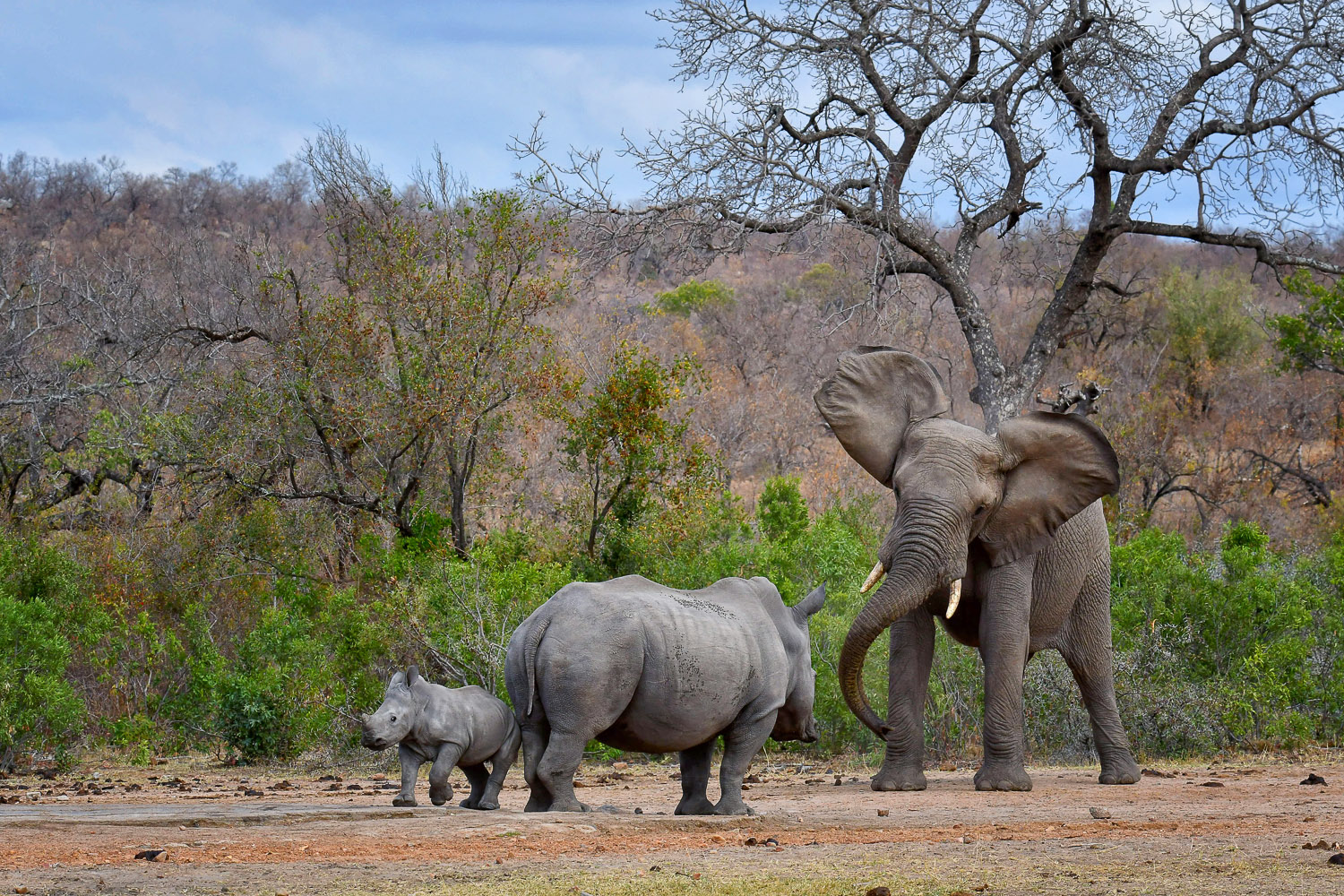

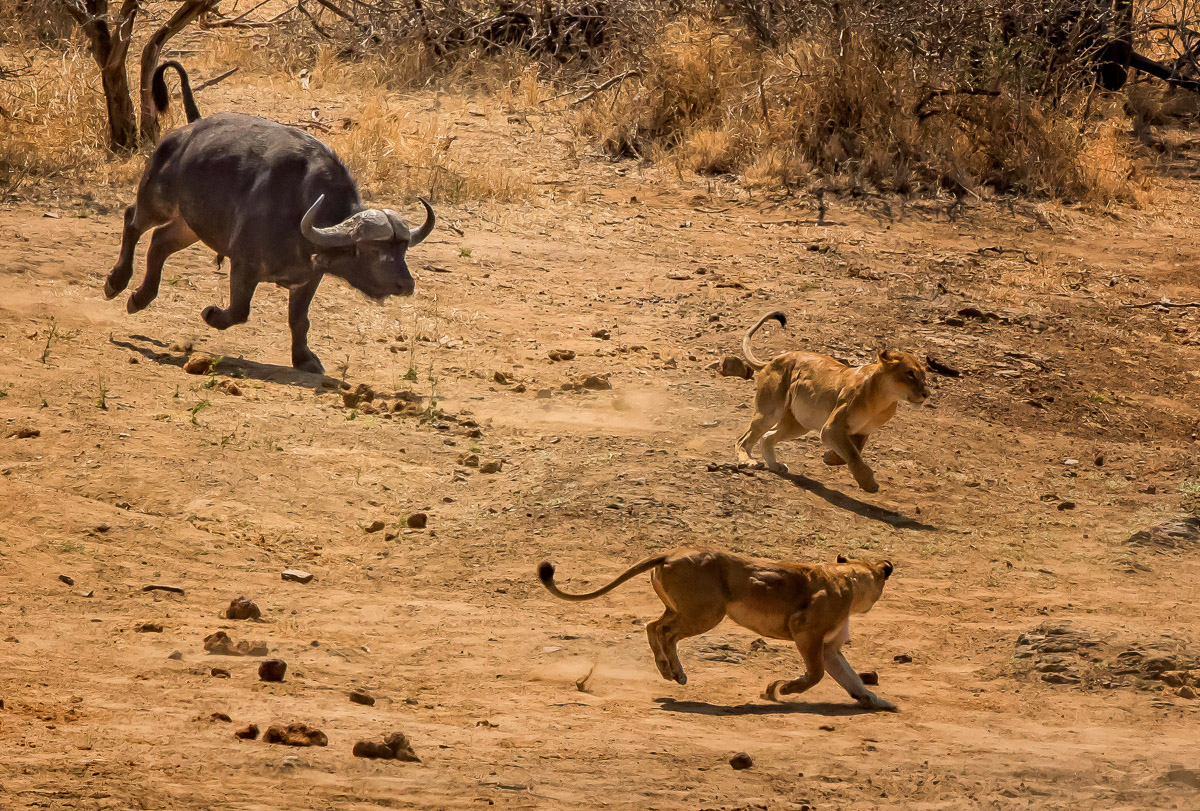
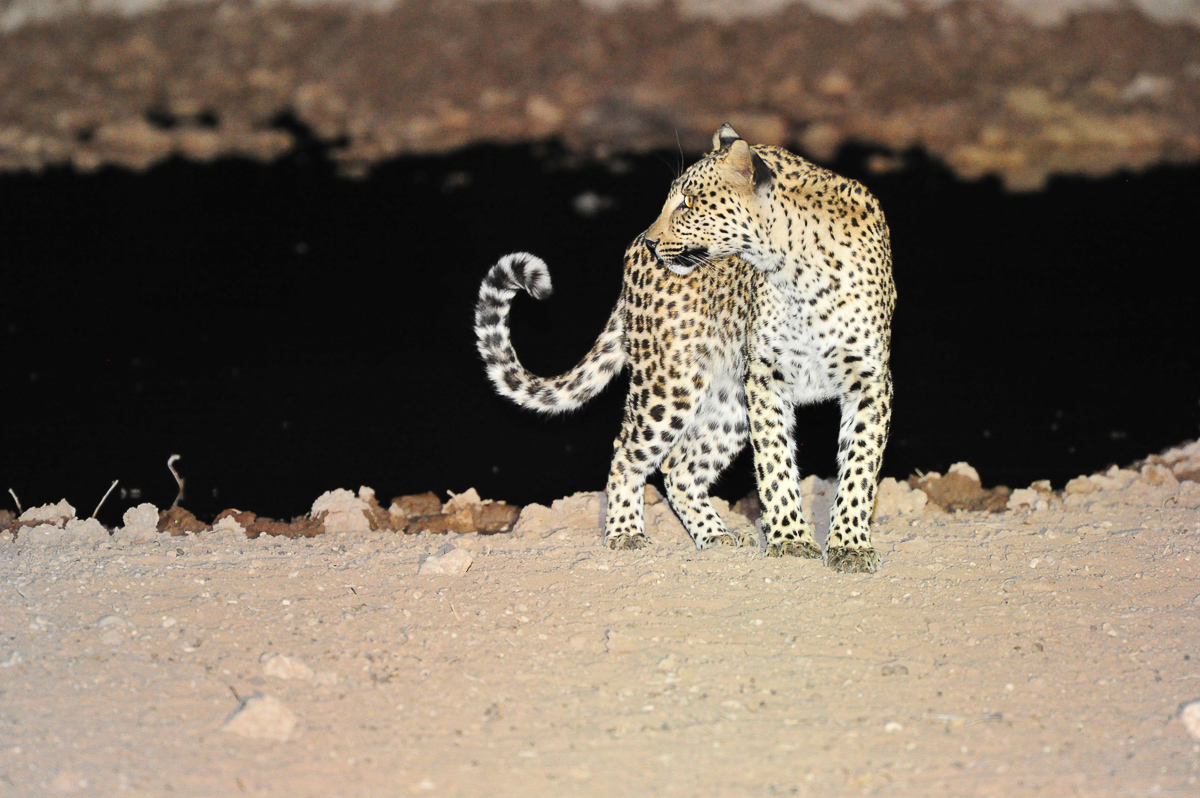
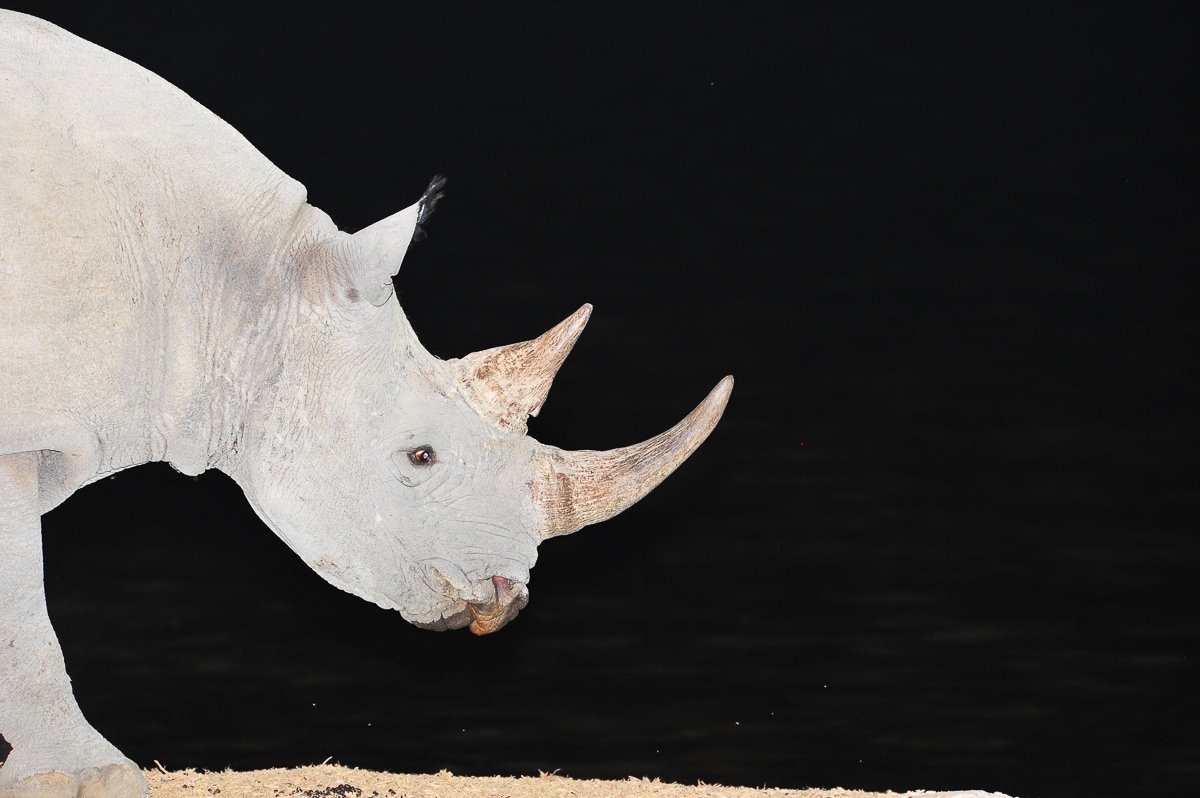
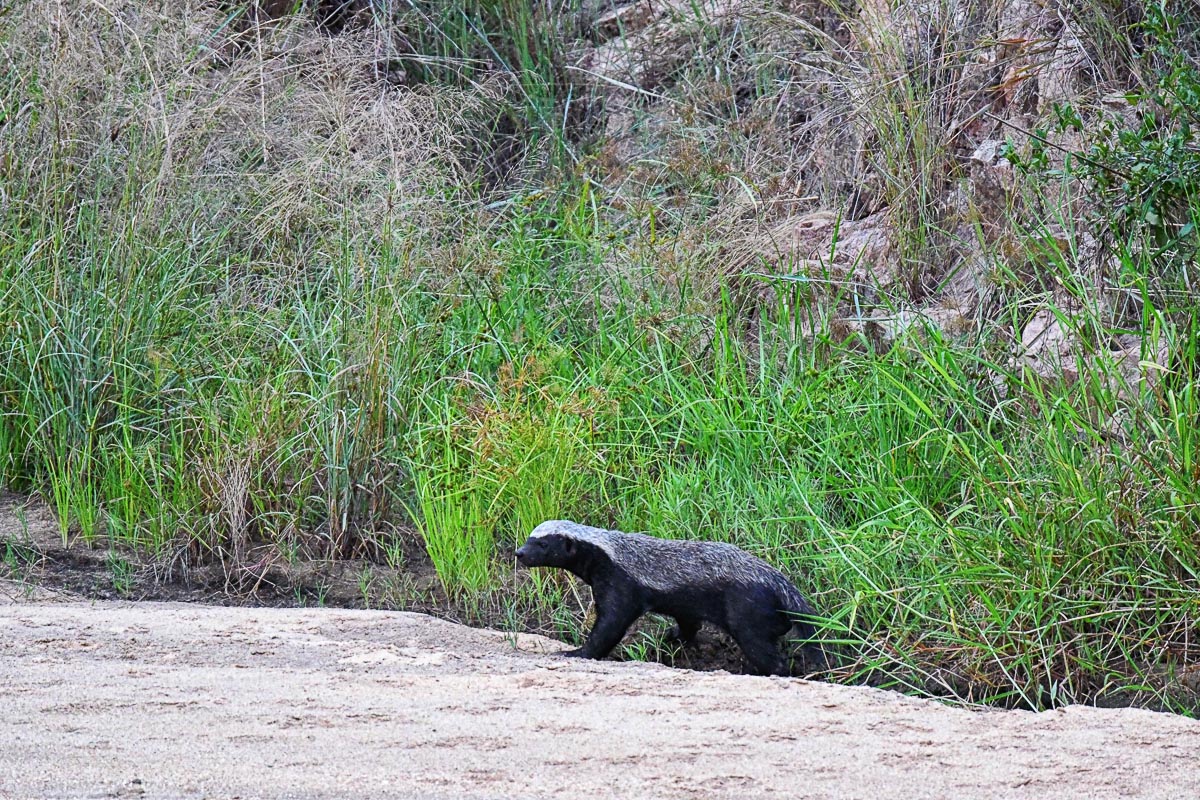
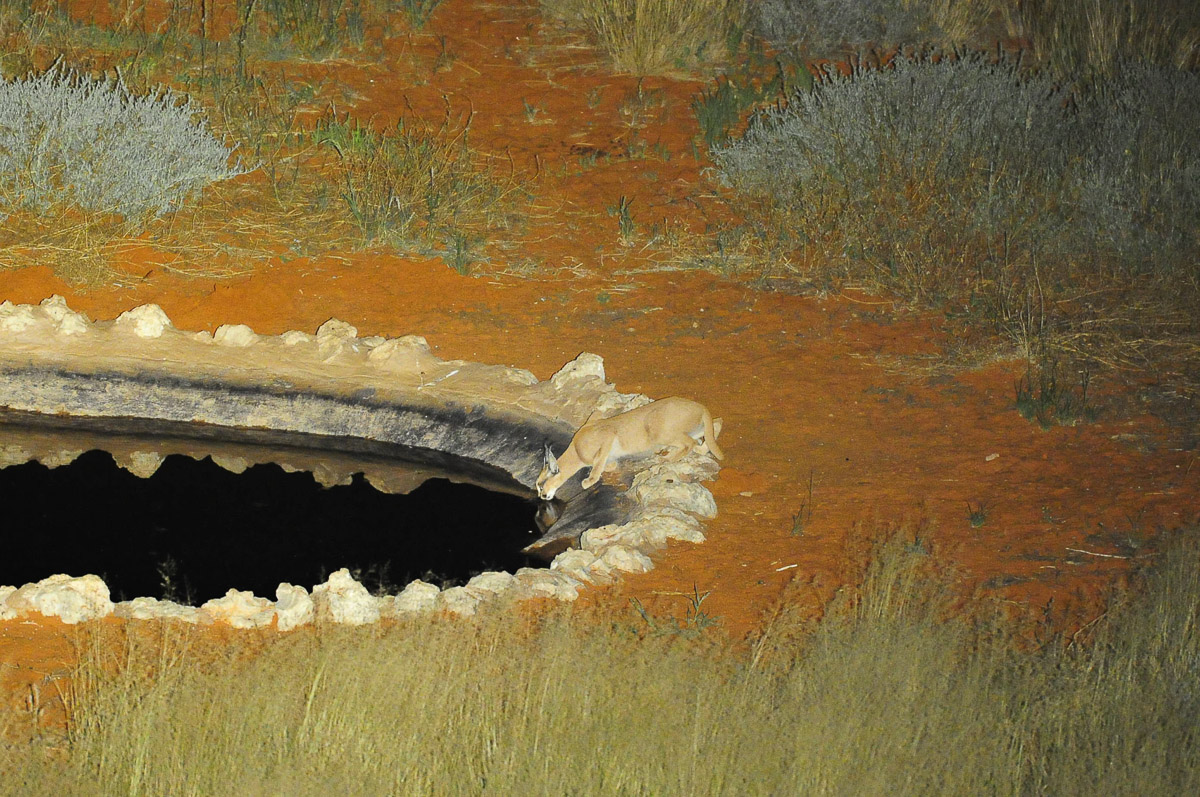
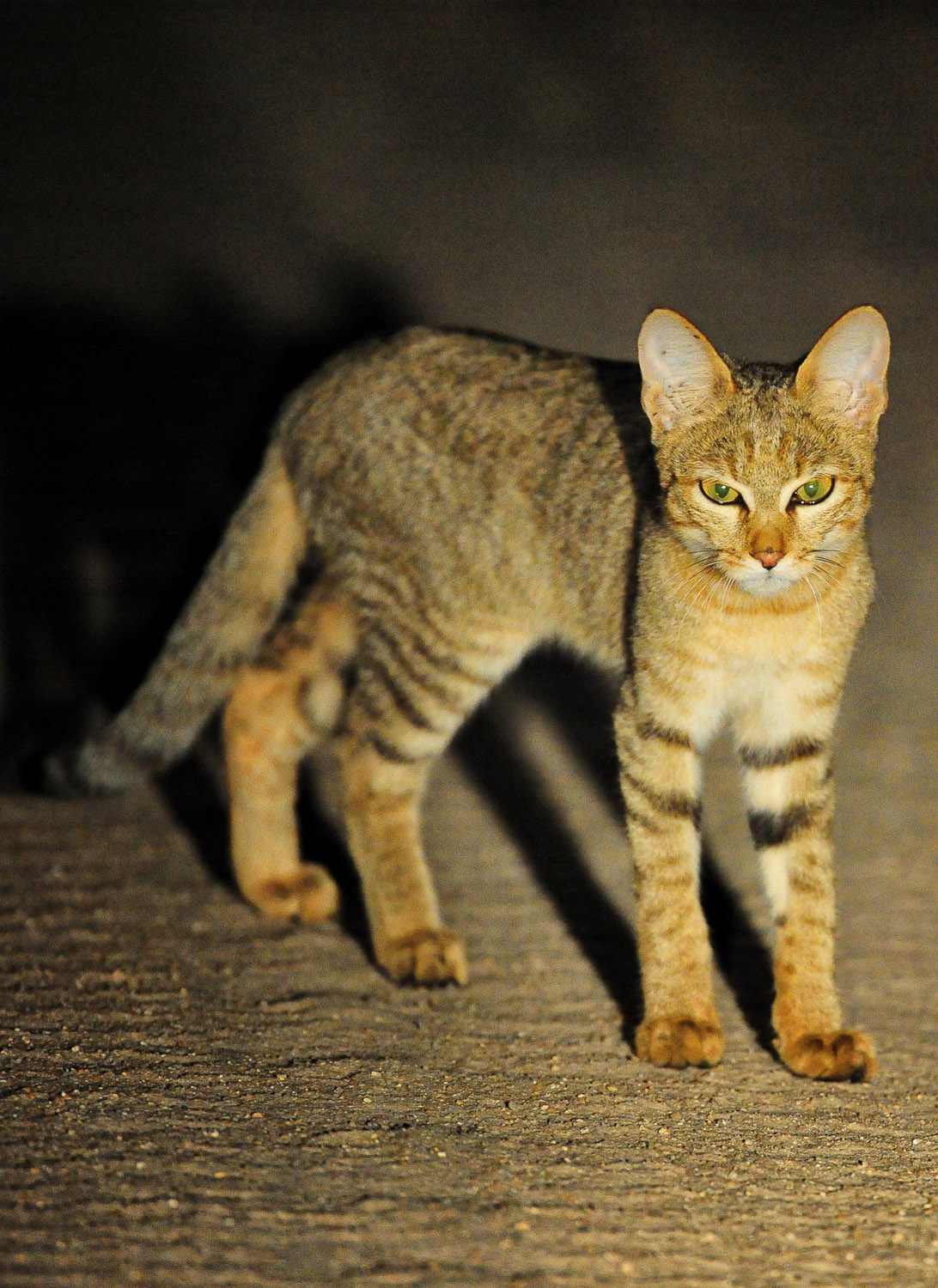
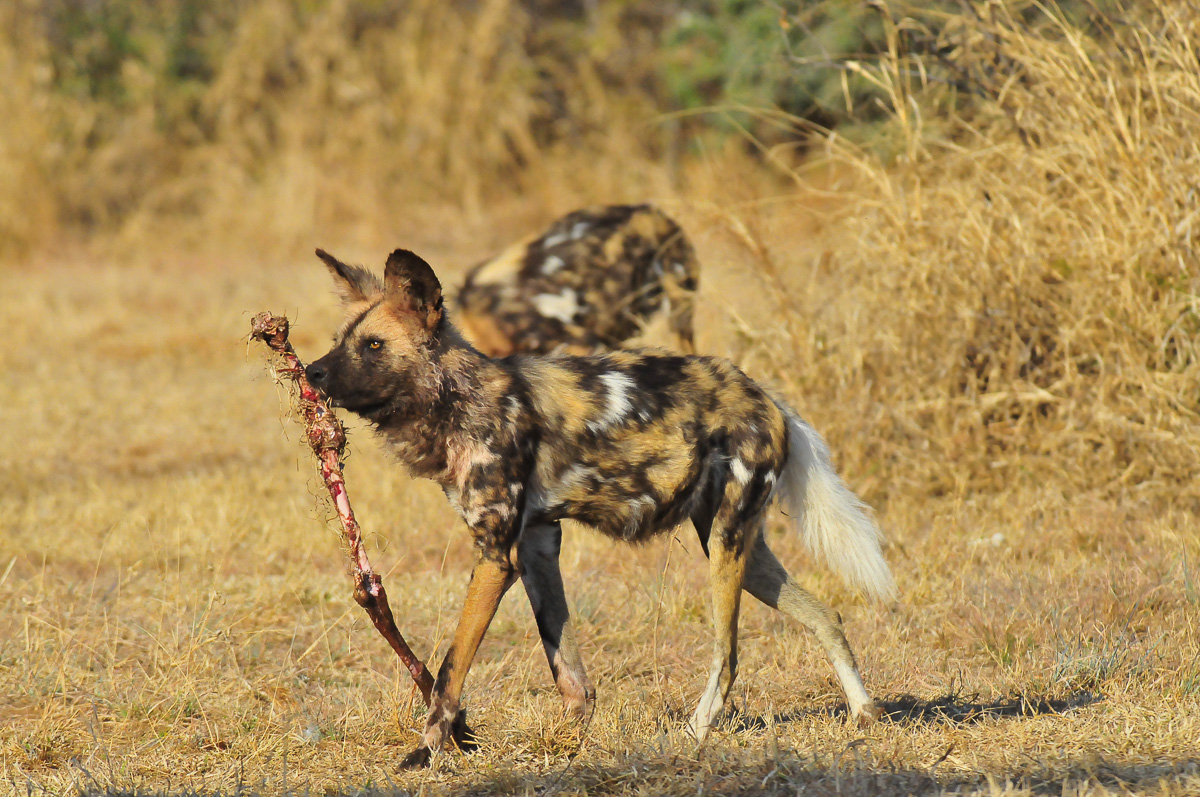

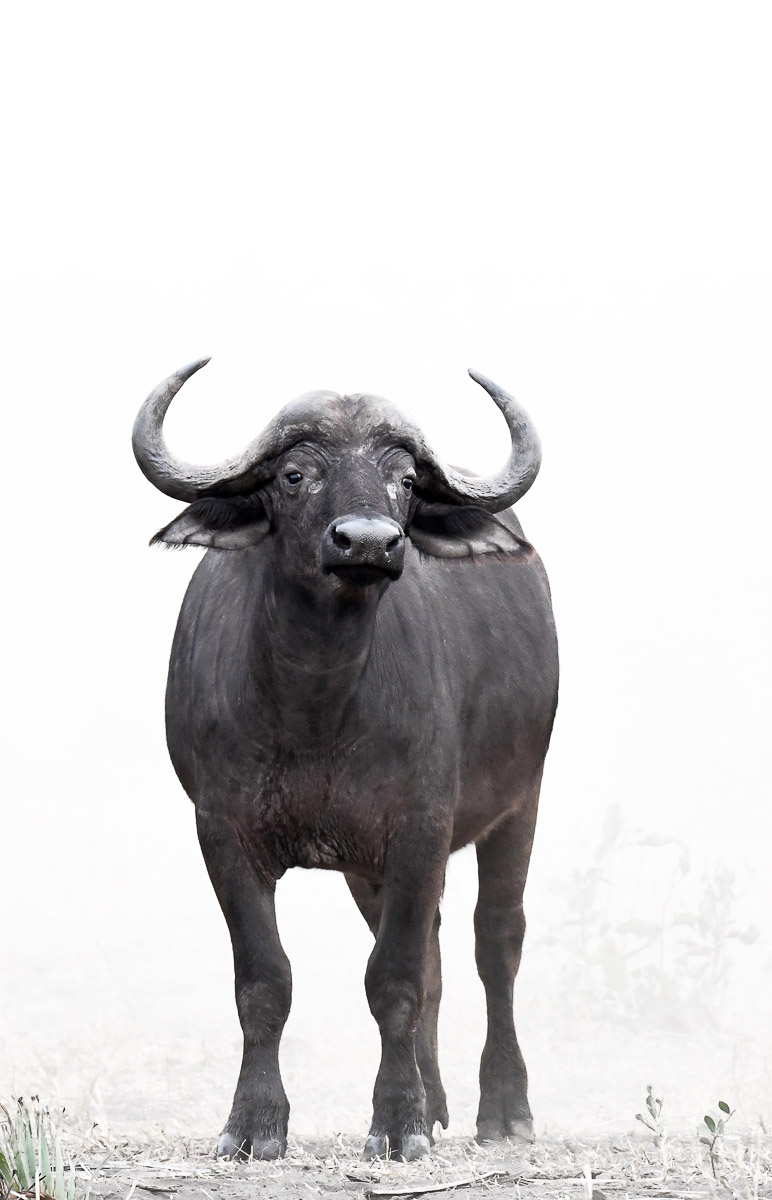
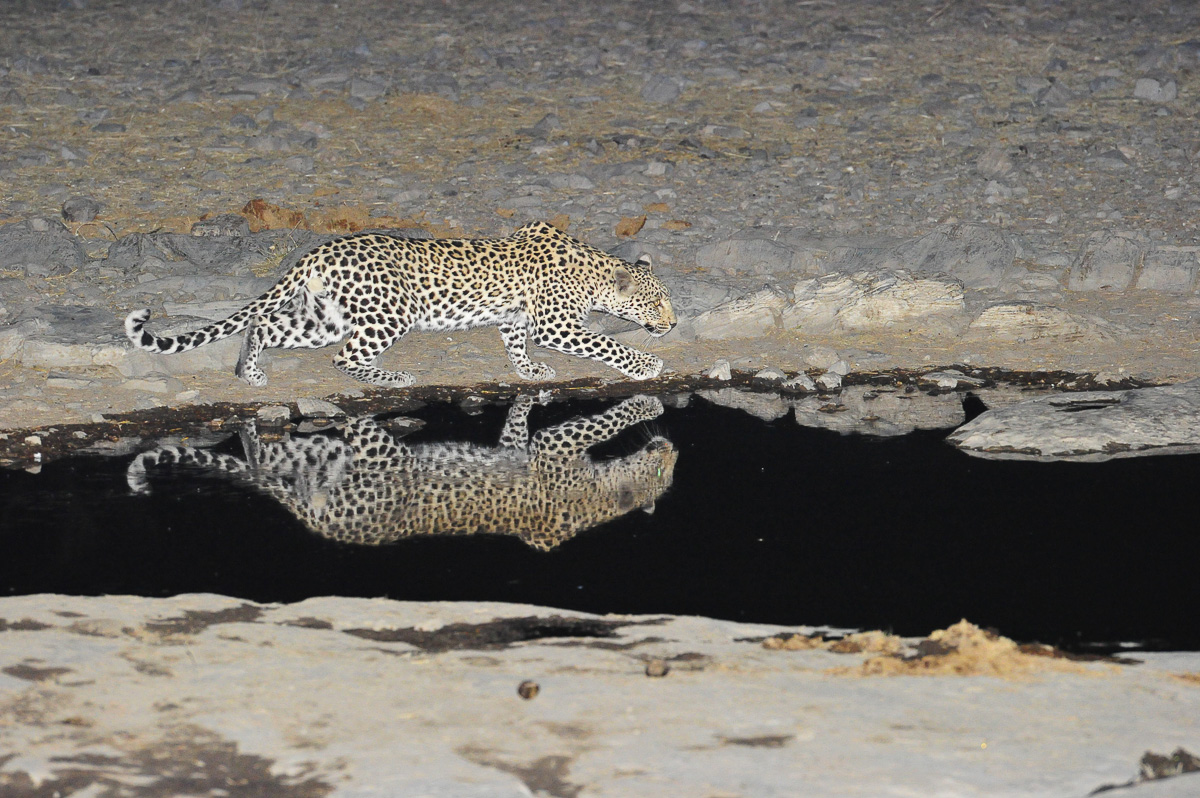
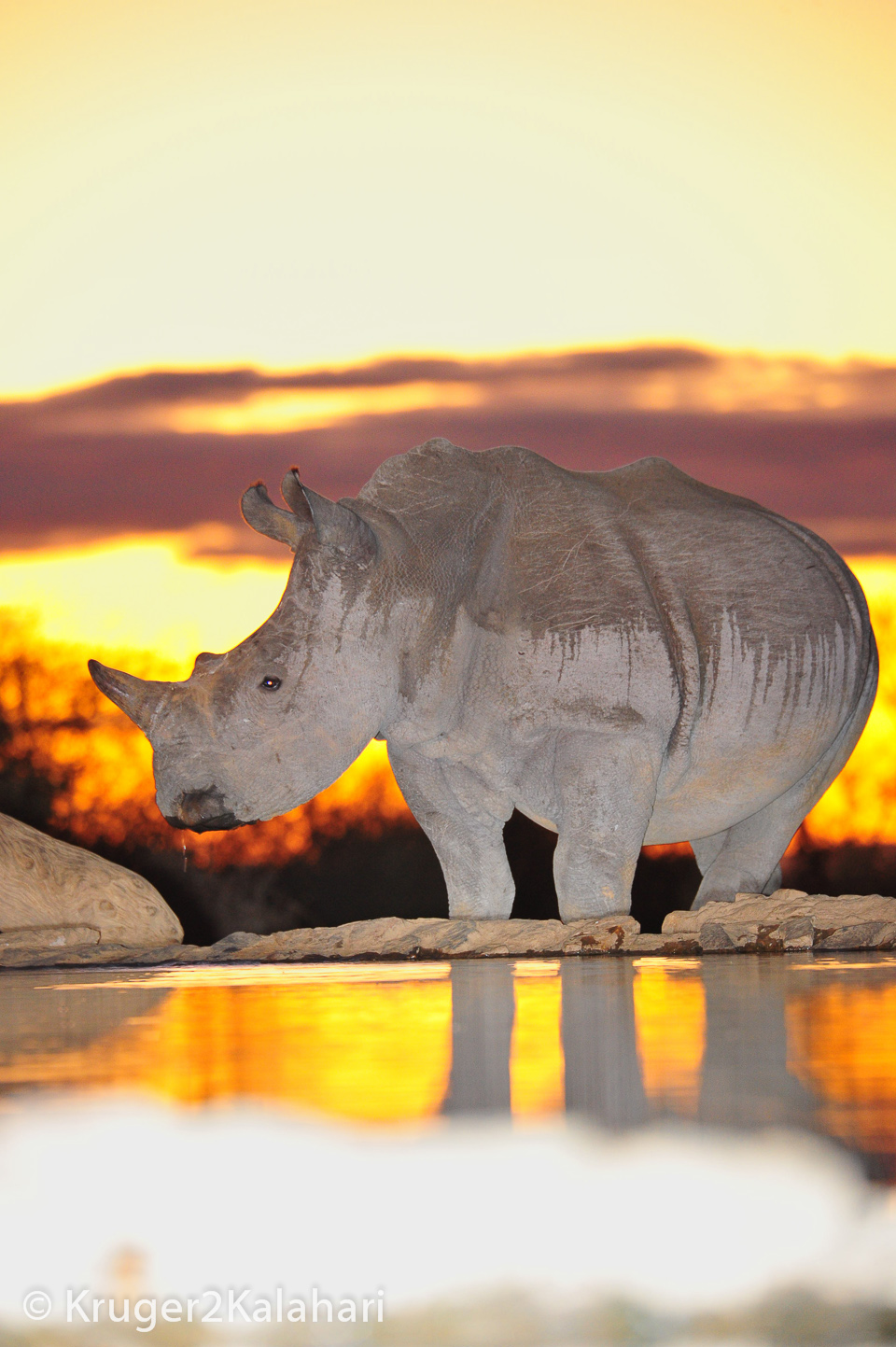
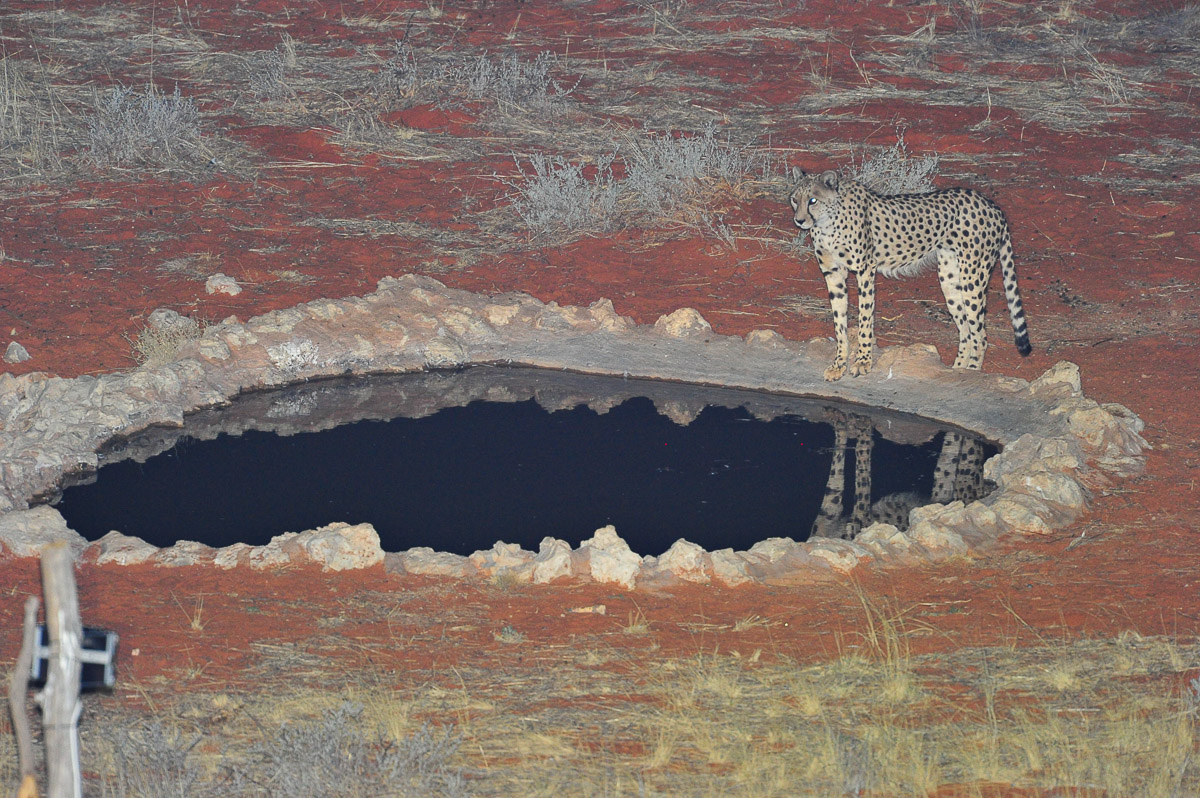
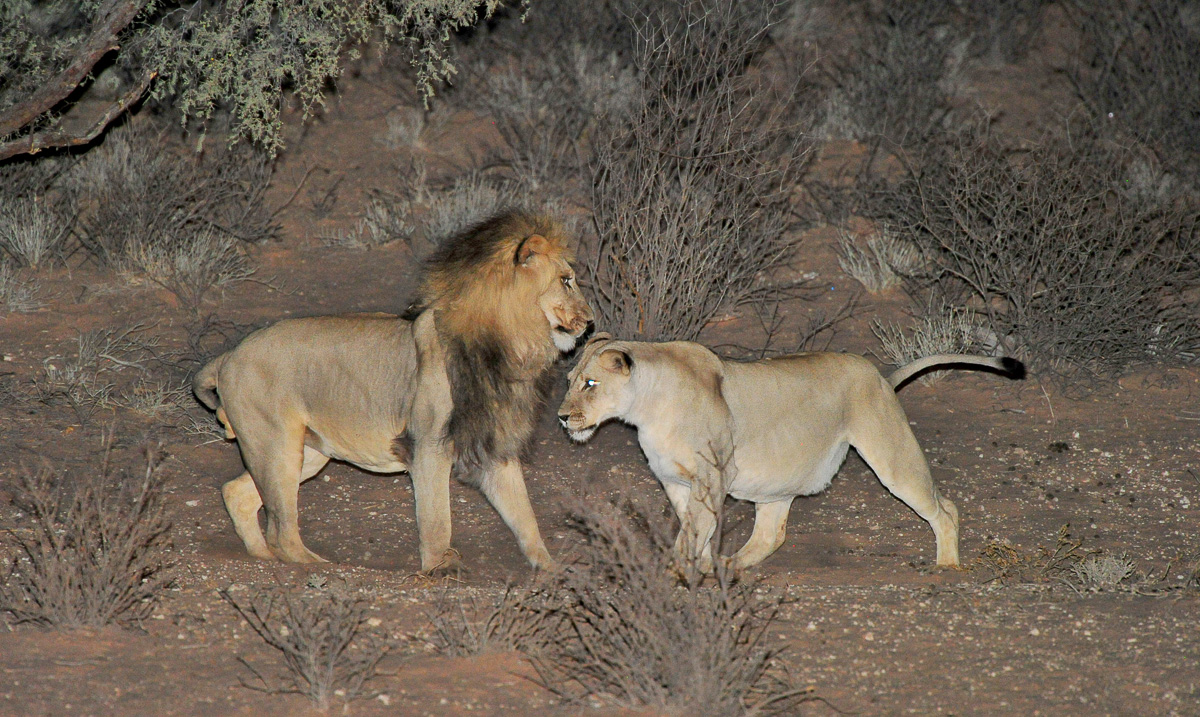
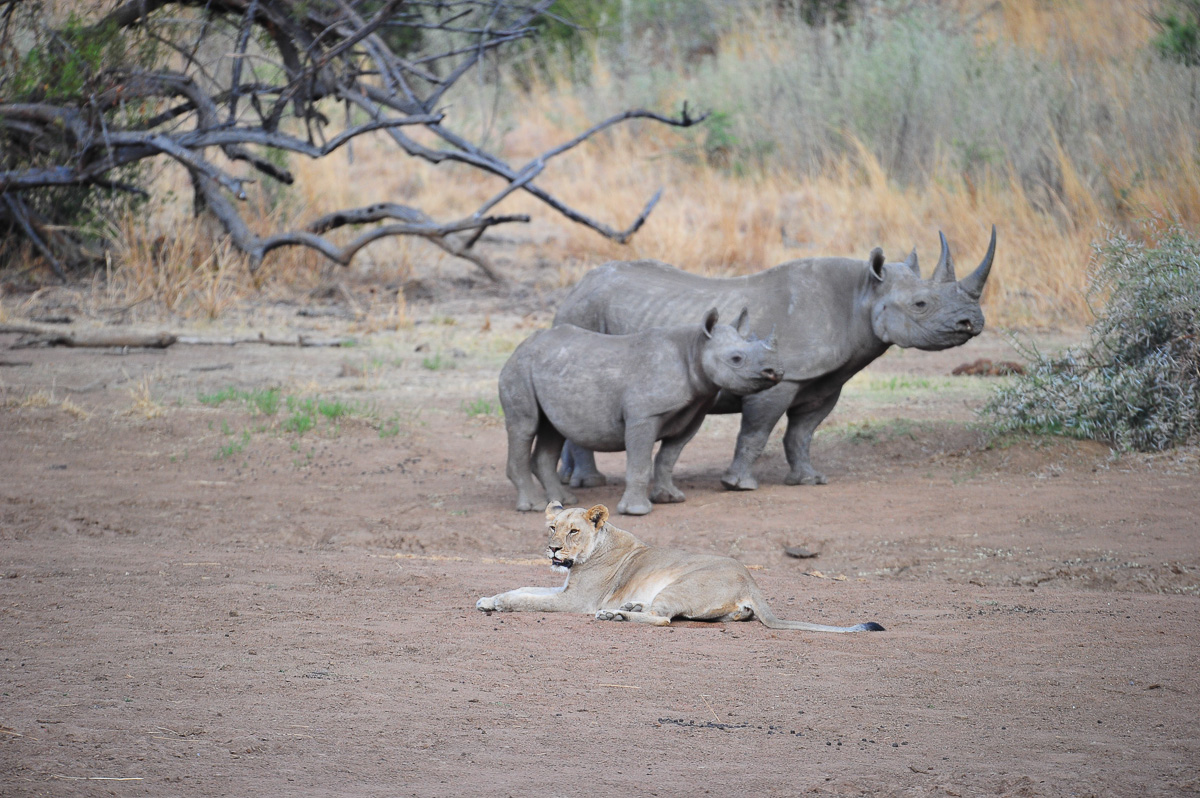
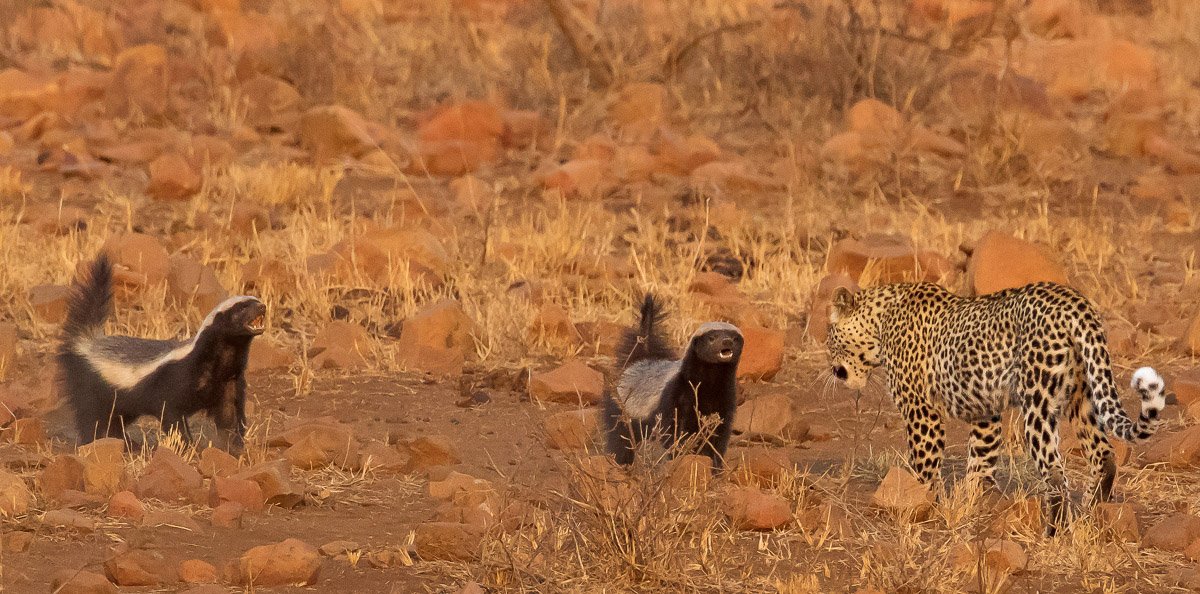









New! Comments
Have your say about what you just read! Please leave us a comment in the box below.